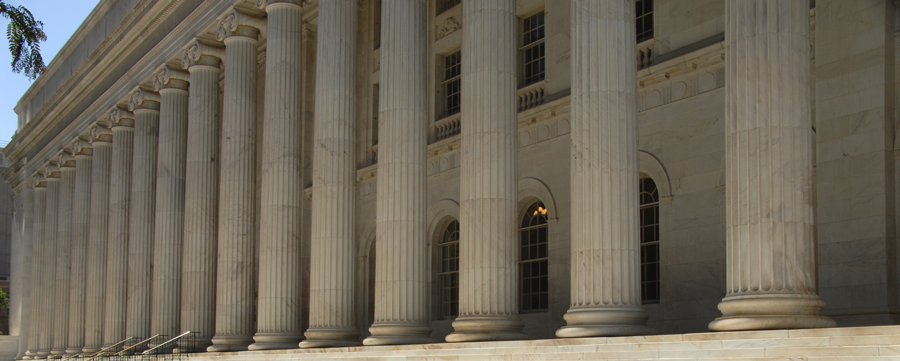Abstract
A hallmark of religion clause scholarship is the complaint that the doctrine is a hopeless muddle. However, the Rehnquist Court brought a considerable amount of consistency—well, apparent consistency— to the doctrine. I say “apparent consistency” because, just as a paradox is only a seeming contradiction, so was the Rehnquist Court’s religion clause jurisprudence only seemingly consistent. The doctrine focuses on whether the government singles out religion for special benefit (generally problematic under the Establishment Clause) or for special burden (generally problematic under the Free Exercise Clause). If, on the other hand, the government benefits religion as part of a more general category of benefits, or burdens religion as part of a more general category of burdens, neither clause is violated. Thus, religion clause doctrine seemingly fits together nicely, tracking a more general development in equality jurisprudence. However, there are some outlier cases in which the Rehnquist Court upheld special benefits for or special burdens on religion. These outlier cases are a window into a deeper inconsistency in religion clause doctrine.
Keywords
Establishment clause (Constitutional law), Free exercise clause (Constitutional law), Constitutional law, William H. Rehnquist, 1924-2005, United States. Supreme Court, Church and state, Freedom of religion, United States Constitution, United States
